“The spirit of political and national consciousness is now flourishing in the Brahuis. Due to this, the youth has raised its voice and started seeing itself as distinct from the Baloch nation,” writes Nazir Shakir Brahui
What the nations of the world do in their daily lives is called culture. Culture has two types, material and immaterial. Material culture includes clothing, weapons, ornaments, rides used in transportation, food utensils etc. All material things pertaining to man, with the passage of time, take on a new and modern form. As the Brahuis used to live in tents (and still do), when developed now they live in large homes and palaces. Similarly, Brahuis used to travel on horses, donkeys and camels, but now they ride motorcycles, drive cars and other vehicles. In the same way, Brahui women used to apply or use mascara, eyesalve, oil or plaited hairs etc. to beautify themselves. But now they go to beauty parlours to beautify themselves with make-up. All the objects of material culture change with passage of time.
But the immaterial objects of culture – including religion, customs, strong traditions, music, science, literature, language and emotional attachment to one’s nation and history etc – develop over time but never change. And so the Brahui rituals are still going on with the same continuity. And they still practise tribal tradition and honour. There is no love story in Brahui society and its literature. In Brahui society, the expression of love is to invite death. This extreme honour-killing ritual is unique to the Brahui nation in the geographical limits of Pakistan. There are dozens of love stories in other national groups of Pakistan: the Punjabis, Sindhis, Baloch or others rarely if ever killed the characters of their love stories.
Brahui music still has the same folk tone, rhythm and musical instruments but nowadays modern musical instruments are also used by Brahui singers: these include Akhtar Channal, Brahui Inayat Lehri, Liaqat Parkohi and many others. Brahui has its own language, literature and history which are recorded and can never be lost. The base of the culture is language: if the culture is a tree so its root is language, from which all other elements of the nation tree are formed. It is the language which stores and strains all other elements of the nation in it, gives them names and helps to express them. Presence of the culture, history, religion or literature is not possible if there is no language. Without language the human society will transform into an animal society. The language not only reflects the culture of a nation but also reflects the past, present and future of it.
A group of humans in the world is called a nation if the following five elements are found in them. Namely, language, history, land, culture and sense of national spirit or adoption. And the Brahuis of Pakistan own these five things.
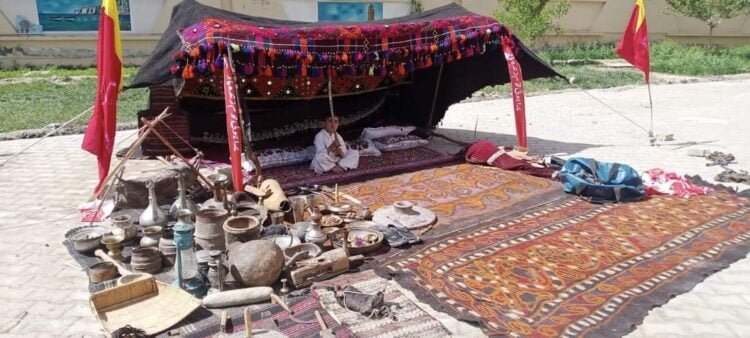
Language
The Brahuis have their own Brahui language which was spoken in the seven-thousand-year-old Mehrgarh and Moin-jo-Daro civilisations. The world’s anthropologists and archaeologists have declared Brahui to be the first language of what is today Pakistan. Among these experts are Asko Parpola, Rashid Akhtar Nadvi, G. R. Hunter and others. According to modern research, Brahui is the ancestor of modern Dravidian and Sindhi languages.
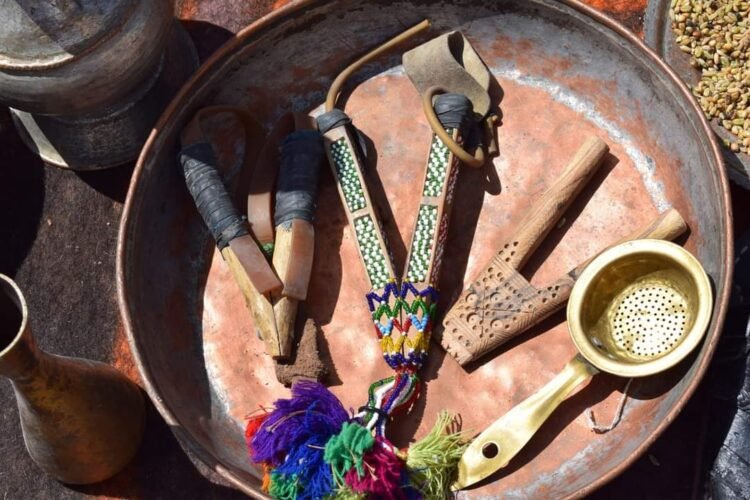
History
The Brahuis have their own history, which lasted for 537 consecutive years from 1410 A.D. to 1958 A.D. During this period Surab and Kalat were ruled by 37 Brahui rulers. Among them Mir Miro, Mir Qambar, Mir Omar, Mir Bijjar, Mir Hassan, Mir Ahmad I, Mir Samandar Khan, Mir Abdullah Khan, Mir Muhabbat Khan, Mir Naseer Khan Noori I, Mir Mehrab Khan II, Khan Khuda-e-Dad Khan, Mir Azam Jan and Mir Ahmad Yar Khan are well known. The Brahui rule was the only long-lasting government in the Subcontinent ruled by a single Brahui family.
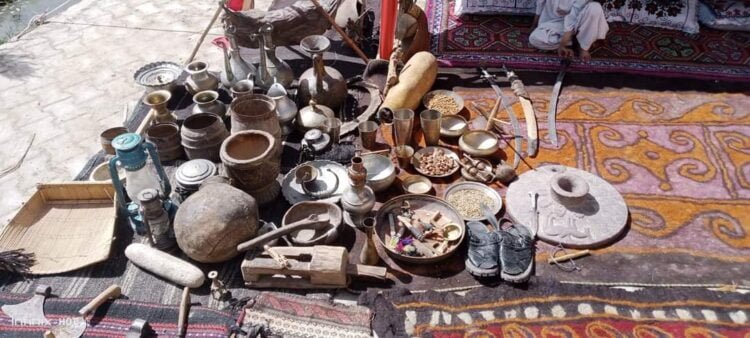
Land
The old Kalat state is now called Balochistan, which is the largest province of Pakistan covering an area of 345,190 square kilometres. Its population according to the 1998 census is 6.567 million with 3.4 million males and 3.8 million females – i.e. 19 square kilometres per person. This province now has 35 districts. Balochistan is a new name, which for the first time was used by the first Mughal ruler Babur in his Tuzuk for the Baloch tribes residing in the Derajats of Punjab. On November 1, 1887, the name “British Balochistan” for the first time appeared on official level in the areas which had been leased by the British imperialism from the Brahui ruler. In July 1972, the province came to include the geographical boundaries of the entire Brahui government, Lasbela, Kachhi, Makran, Kharan and the central region of Kalat – all of which were renamed as “Balochistan”. The name is now officially accepted. Before Babur, in ancient Brahui folk poetry and literature, the Brahuis used to call their region Brahuistan, Khurasan, Mash (Mountain) or Kalat. Many British administrators suggested that the state of Kalat should be renamed “Brahuistan,” but because of the dynamics of the Great Game in Russia and Afghanistan, the suggestion was not forwarded and the region could not be named Brahuistan.
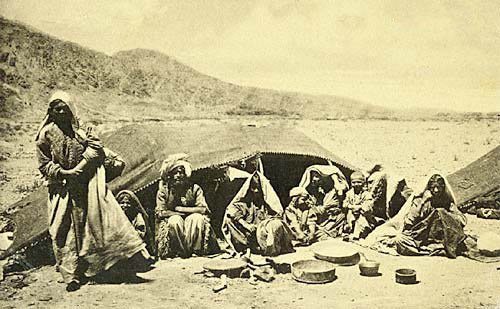
Culture
Brahuis have their own culture. Most of the Brahuis, from Kalat to Khuzdar, live in the Brahui mountain range. Living in the mountainous areas, their necessities of life, society and livelihood all reflect a mountainous culture. Names used or associated to Brahui culture are Dravidian which are not seen in the cultures of other nations of Pakistan. i.e. (maš) mountain, (xal) rock, (kođ) cave, (paŧ) plain, (gidän) tent, (melh) Sheep,(hëŧ) goat, (bïš) donkey, (hulï) horse, (kukuŕ) rooster, (kuçak) dog, (dïr) water, (baë) grass, (bë) salt, (tïn) bread baking pan, (nut) floor, (puç) cloth, (sil) skin, hïzak (skin bag for ghee), (xaräs) cow, (tëlh) scorpion, (töla) fox, (xalëḡä) cheetah, (dë)day, (nan)night, (waŧŧö)pot, (urä)house, (damb)mound, (kađ)pond etc.
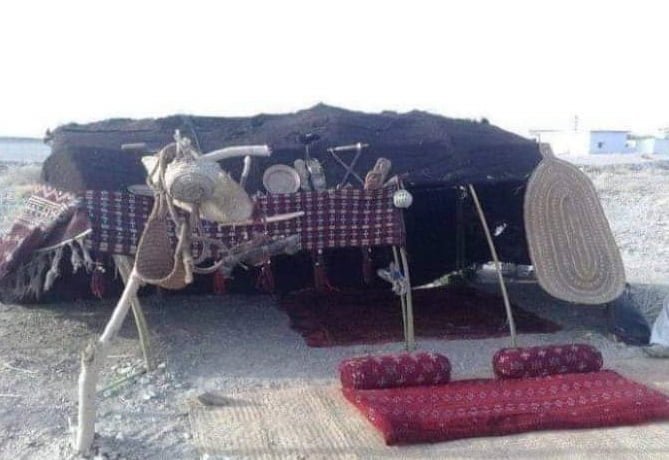
National feeling or passion
It is a law of nature that parents love their children and the relatives love their kin more. If any trouble or sorrow befalls them, everybody of the family or relation gets upset. In the same way, all Brahuis love themselves with the same passion. If any misfortune or massacre happens to any Brahui living anywhere in the world, all the Brahuis feel sorry and sorrow for them, because all the Brahuis belong to one language, one culture, one land and one history. They cannot abstract themselves from each other. This spirit of national feeling is found in every nation. While the same feeling, emotion, love or affection is not found for other nations because their language, culture, history and land are different from each other.
The world’s sociologists call a human group a nation if it displays the above five things in common. Brahui-speaking people own a strong foundation of the same five things. There are 37 tribes of Brahui. Among them some are Mengal, Raisani, Zehri, Sasoli, Jattak, Pirkani, Mohammad Hasni, Sarparra, Mohammad Shahi, Channal, Bangalzai, Pindrani, Langav, Ahmedzai, Qambrani and others.
Wherever the Brahuis live, they speak their own language as well as the language of the region. In Balochistan with their mother tongue Brahui they speak Pashto, Balochi and Urdu fluently. The Brahuis of Sindh know and speak Sindhi and Urdu languages. Brahui in Afghanistan speak Pashto and Dari other than Brahui. And Brahuis in the Middle East, know and speak Arabic with Brahui. A similar pattern works for those in Europe.
The Brahuis of Balochistan in particular and Pakistan in general see themselves as a distinct national group, but also feel that they have been made the political scapegoats or used to counter a Pashtun majority, etc. Therefore, the spirit of political and national consciousness is now flourishing in the Brahuis. Due to this, the youth has raised its voice and started seeing itself as distinct from the Baloch nation. That is why they celebrate Cultural Day on the 5th of April every year, like other national groups have their days.





